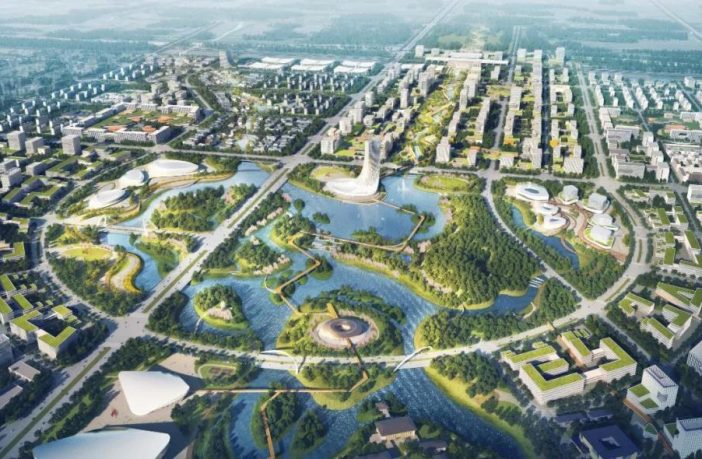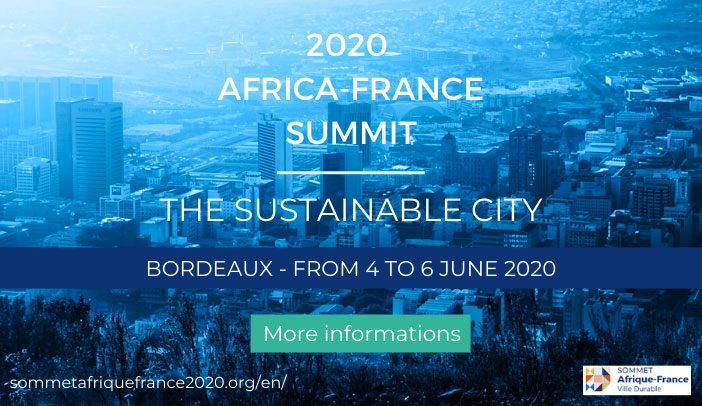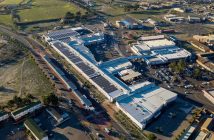- The Second Hebei International Urban Planning and Design Competition – Xingdong New Area Urban Design International Master Competition organized by Urban Environment Design (UED) Magazine has announced its list of winners for this year’s edition, with “City of the Future” as its theme.
- Award-winning architecture firms took part of the competition, reflecting on Xingtai‘s transformative urbanism, and interpreting its ongoing development based on social, economic, demographic, ecological, and cultural factors.
Project: How to activate a new area by planning and design? Infrastructure-led development as one of the approaches.

Xingtai East Station at the heart of the city, strategically combining trade, exhibitions, conferences, hotels, and residential infrastructures. The city was also placed in line with the regional planning of the “Jingbaoshi Development Axis”, creating a new drive for Xingdong’s economical development.



 © UNStudio
© UNStudio
With the development of the times, the requirements for cities have long been different. From the “low cost, rapidization” to the “re-innovation, quality” profound changes, the new era requires high-quality development in many aspects, emphasizing humanism, livability, characteristics, and ecology. Nowadays, China is in the process of informationization, intelligence, ecology and humanism. The cities in change are no longer rigidly attached to the traditional spatial form. Cities need more to return to people’s needs, improve urban experience, improve city quality, and better promote future urban development. – UED Magazine
Other notable proposals include: Morphosis



















